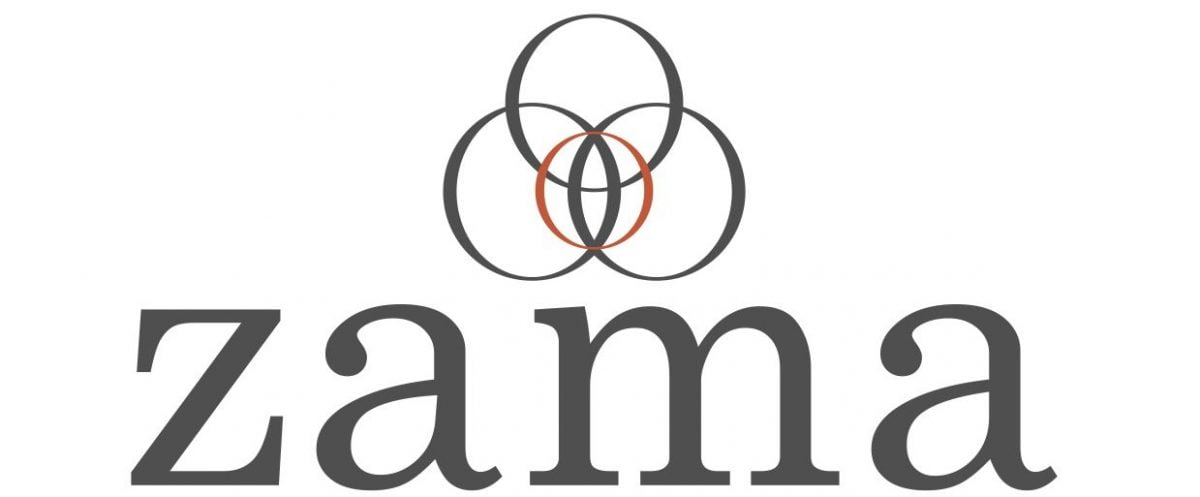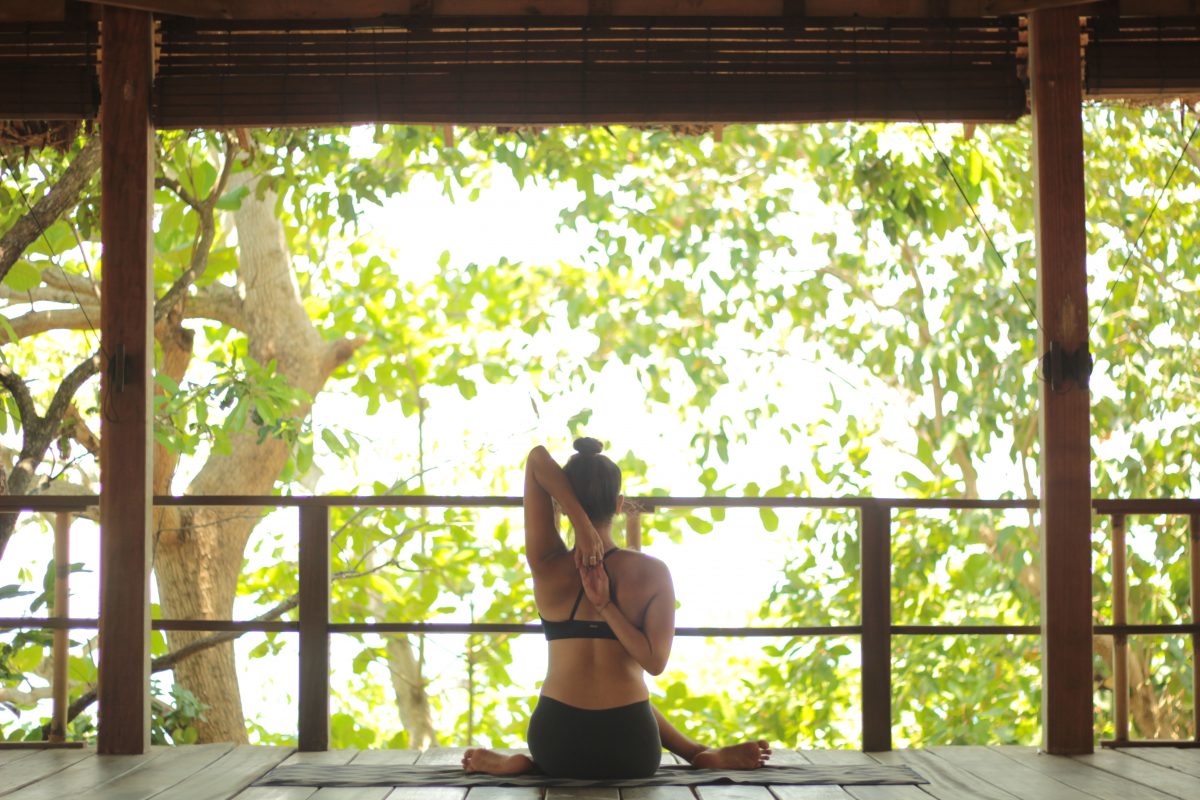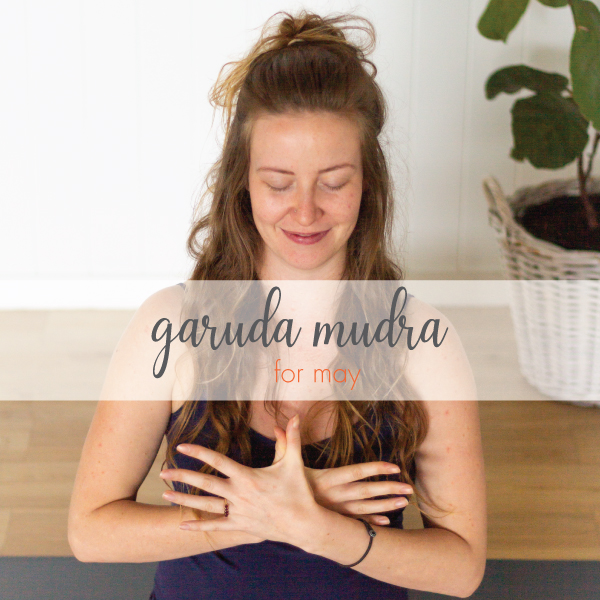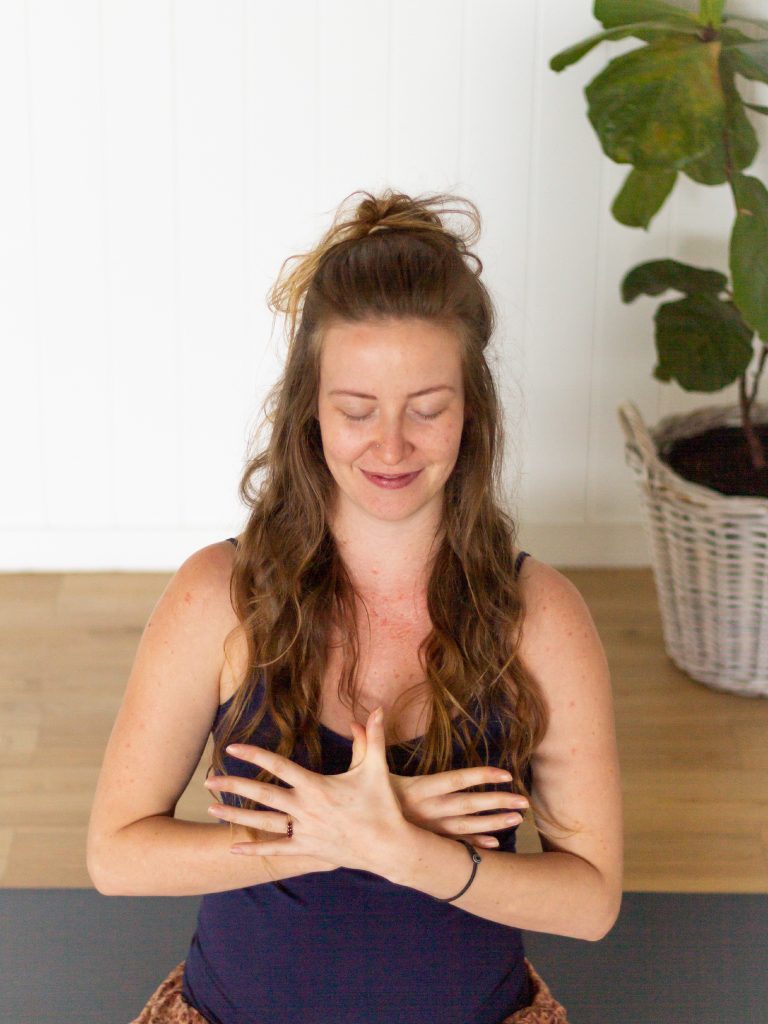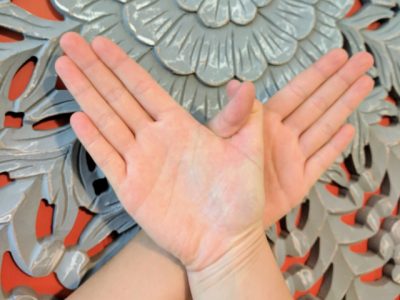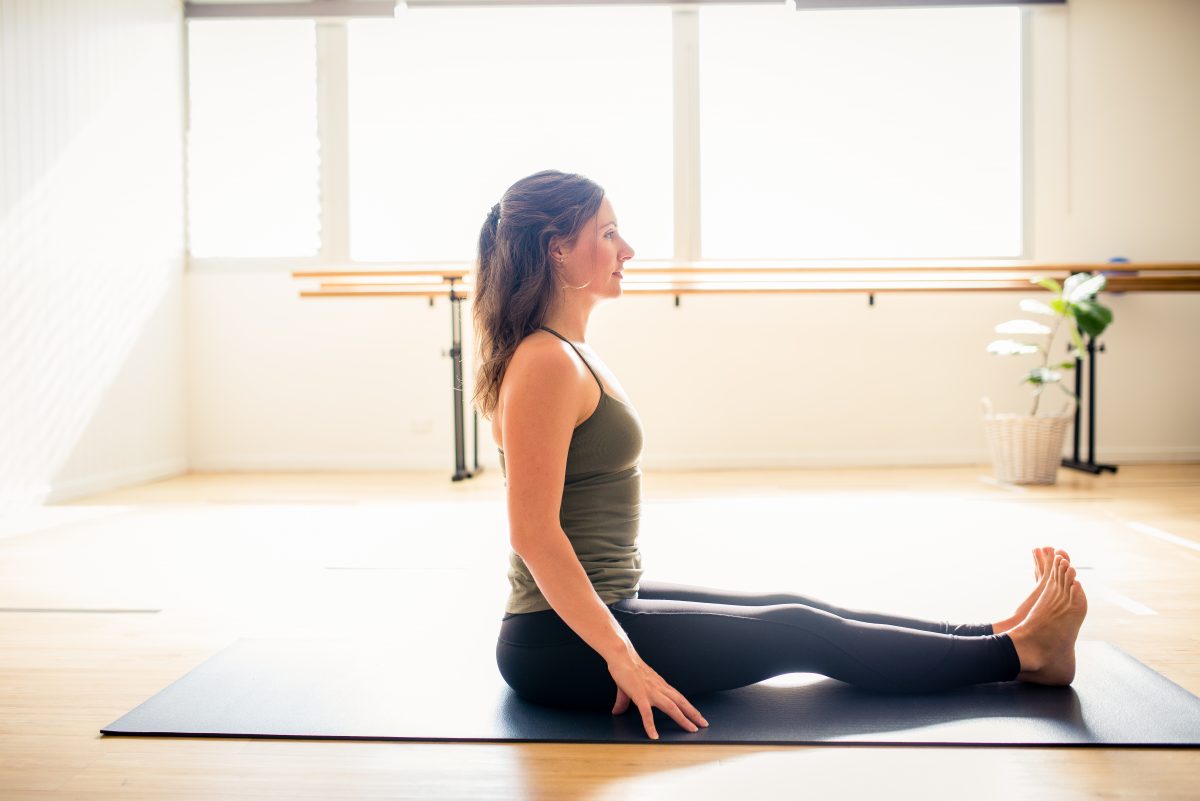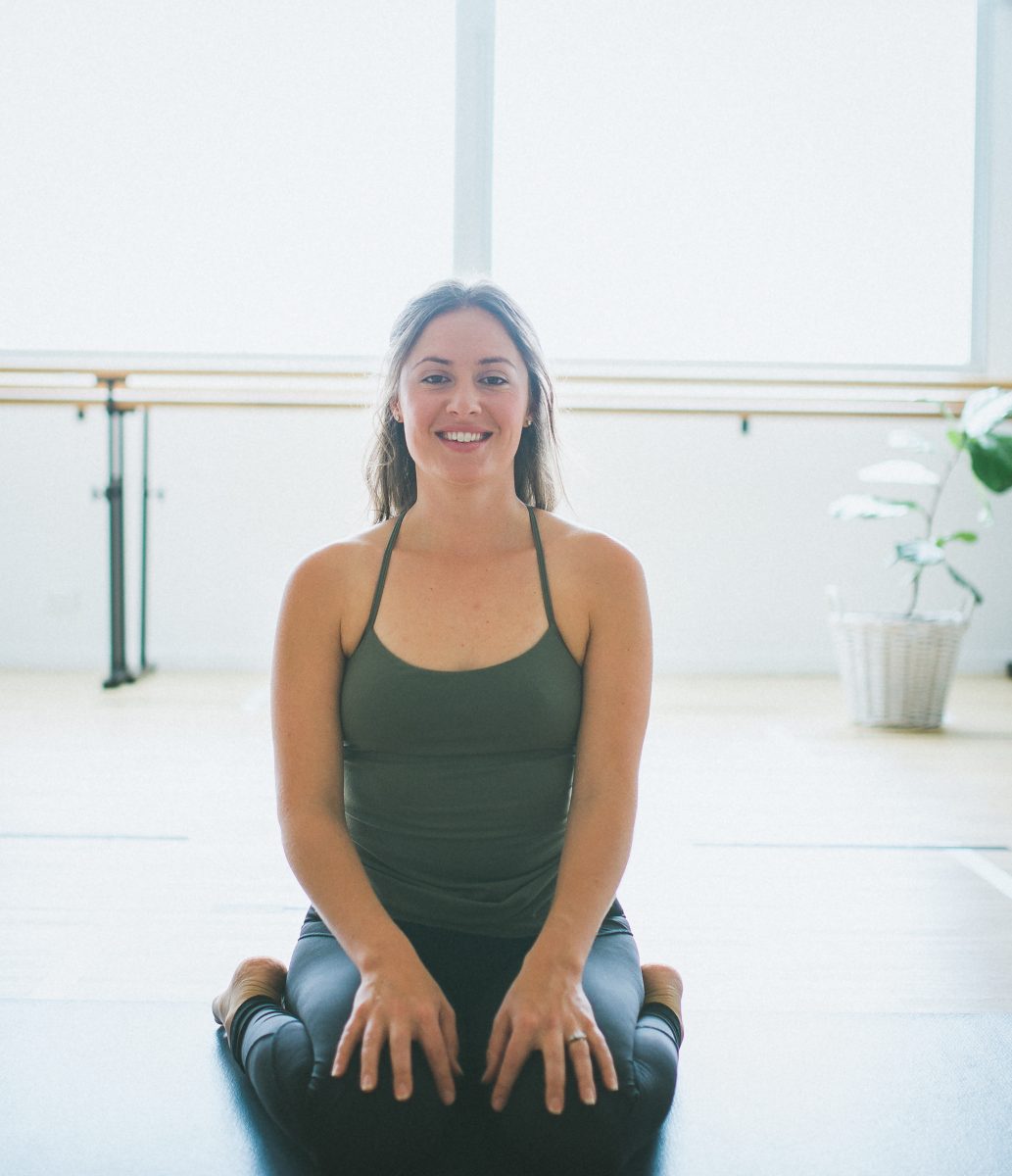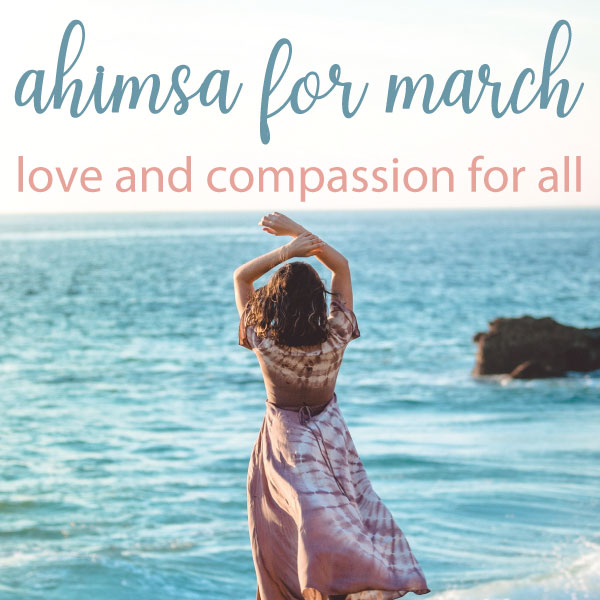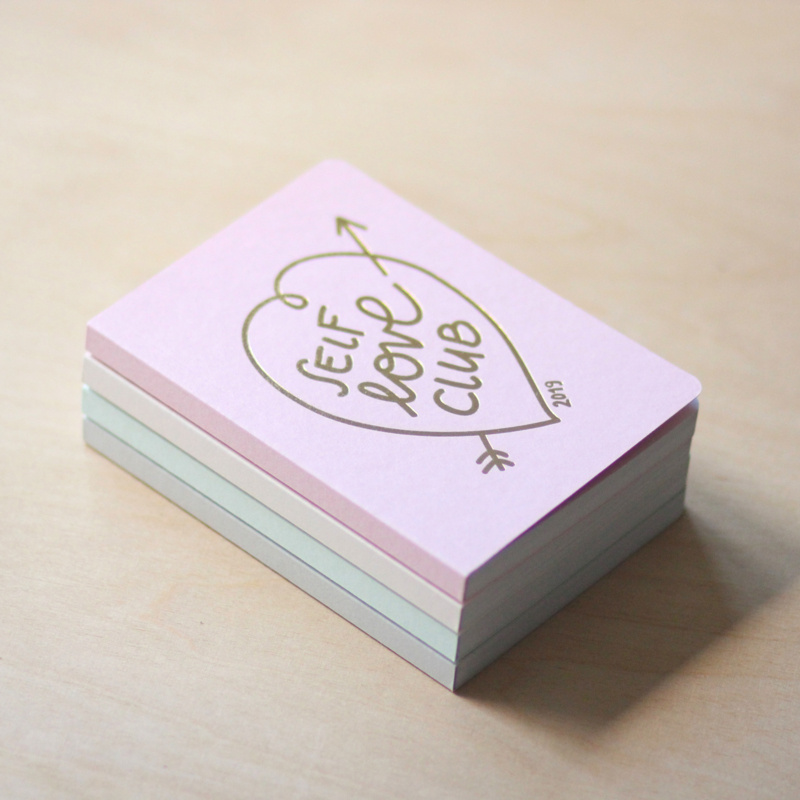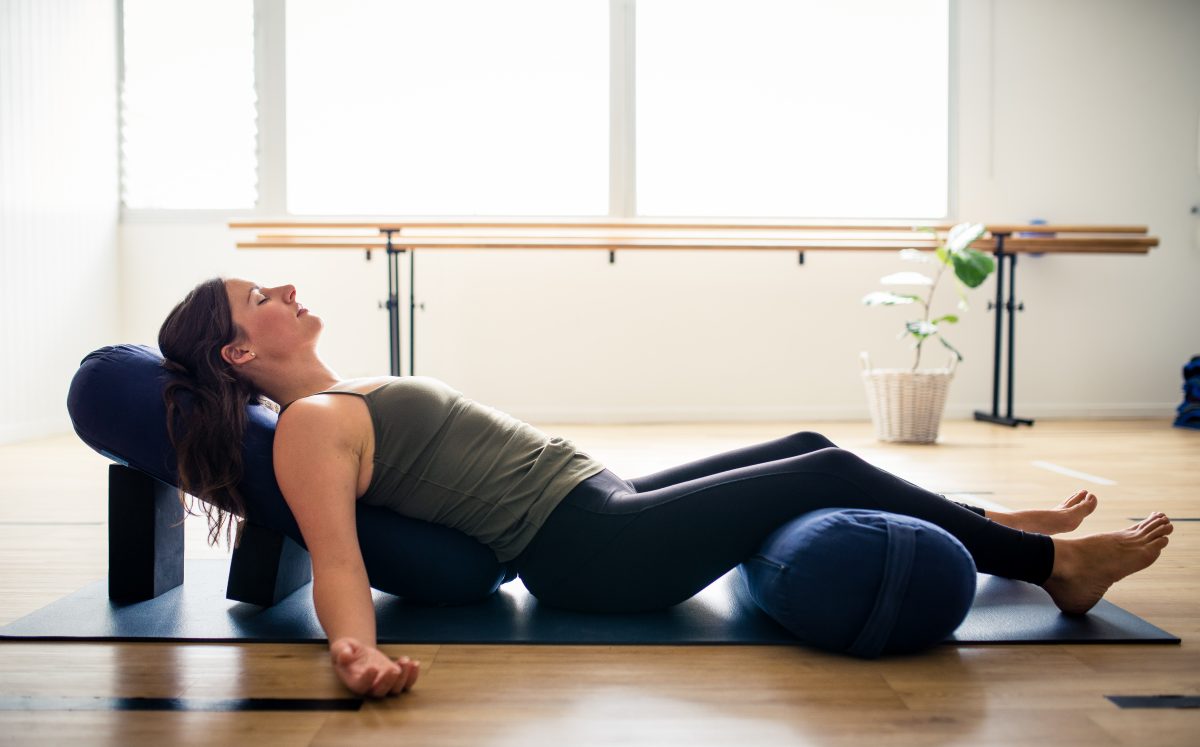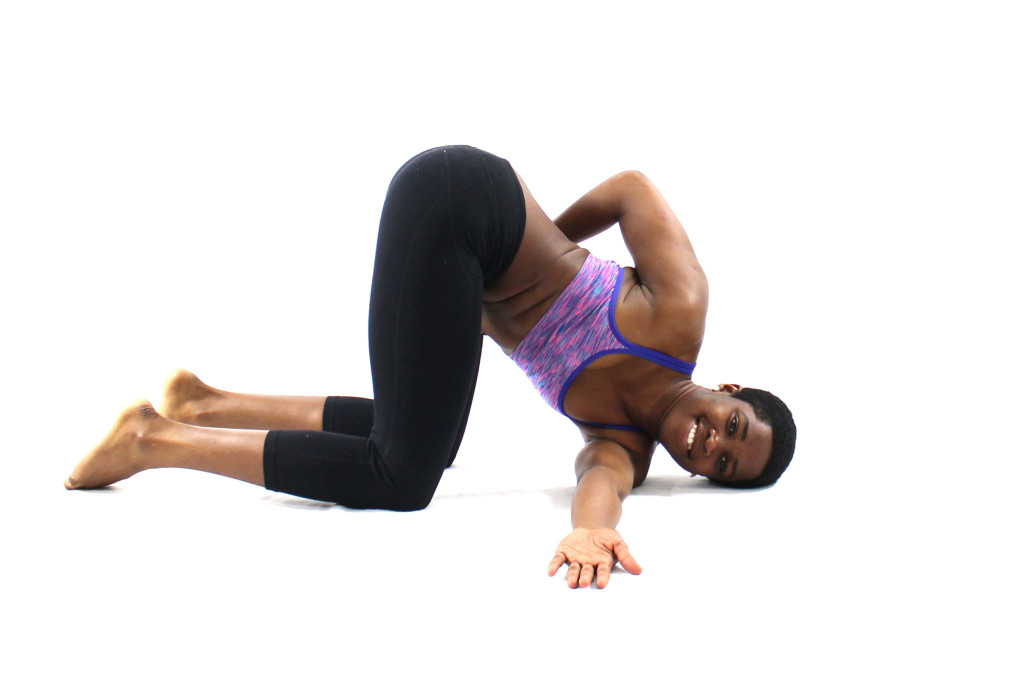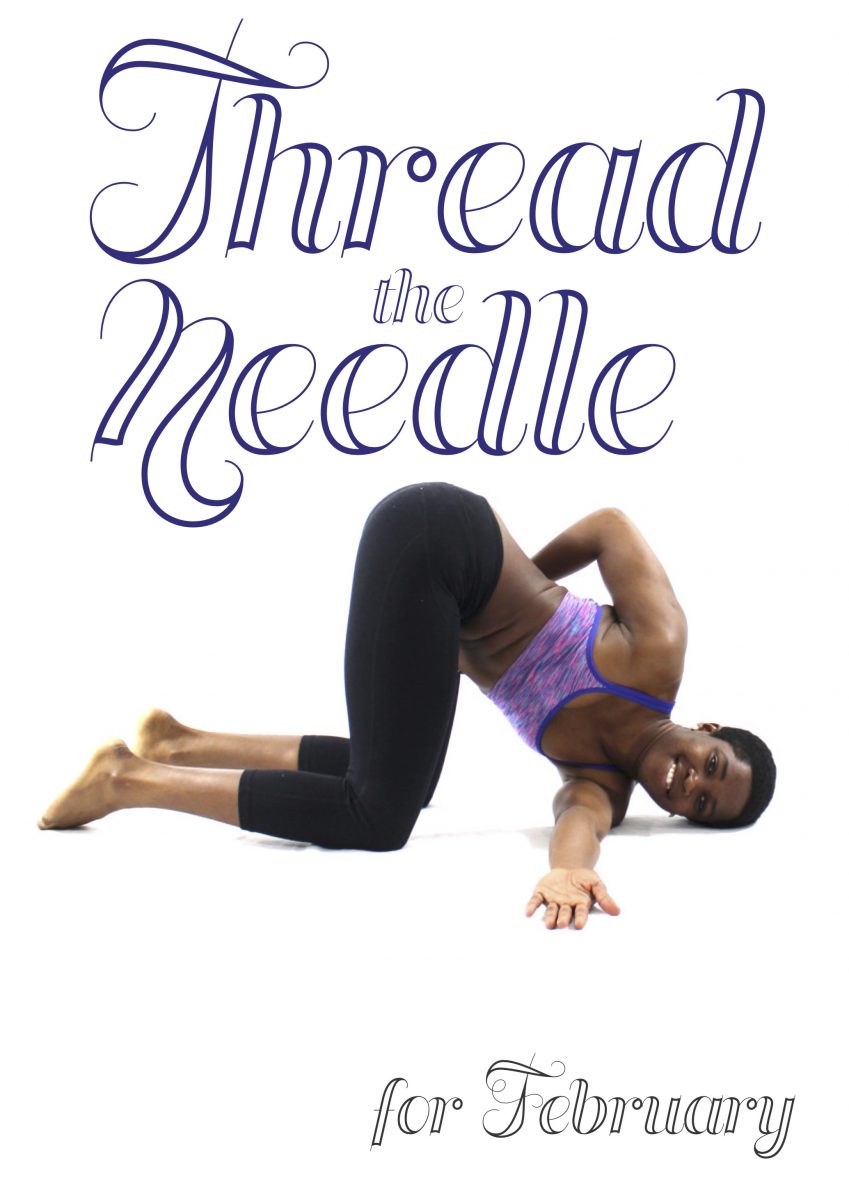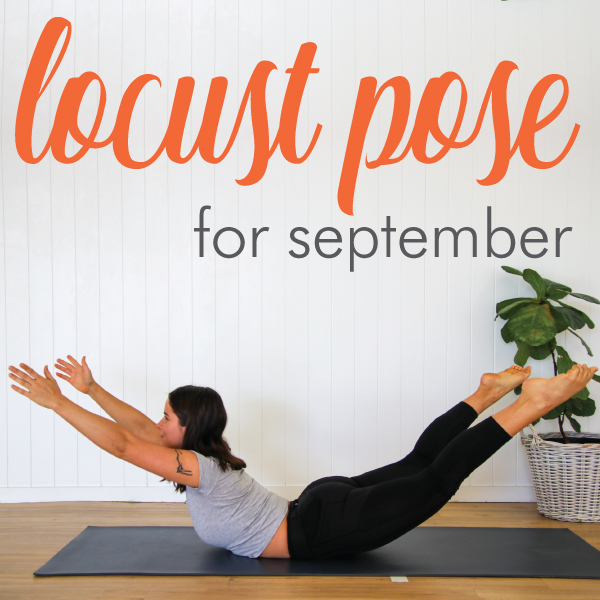
LOCUST POSE | SALABHASANA
Our pose of the month for September is Locust Pose. In yoga this is known as Salabasana and in Pilates & Barre back extension exercises. This pose is amazing to help maintain a healthy spine by increasing the flexibility of your thoracic spine and strengthening the glutes. Most importantly an engagement of the abs is needed so you can support and stabilise your lower back so it doesn't do all the work.
There's plenty of variations of this pose. You could try:
↠ stacking your palms with your elbows out wide and gently lifting your head and upper back
↠ reaching the fingertips back and the arms along the body
↠ bringing the arms out wide with thumbs up to the ceiling
↠ reaching the arms forwards
↠ interlacing the fingers behind the back
↠ lifting the opposite arm to leg
↠ swimming with arms and legs
↠ the full version placing your arms underneath you and lifting your legs to the sky
